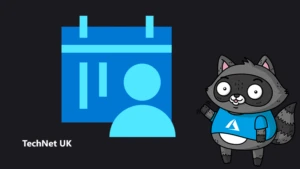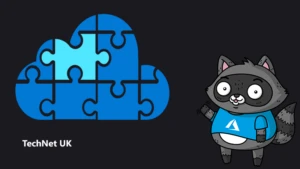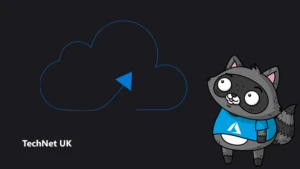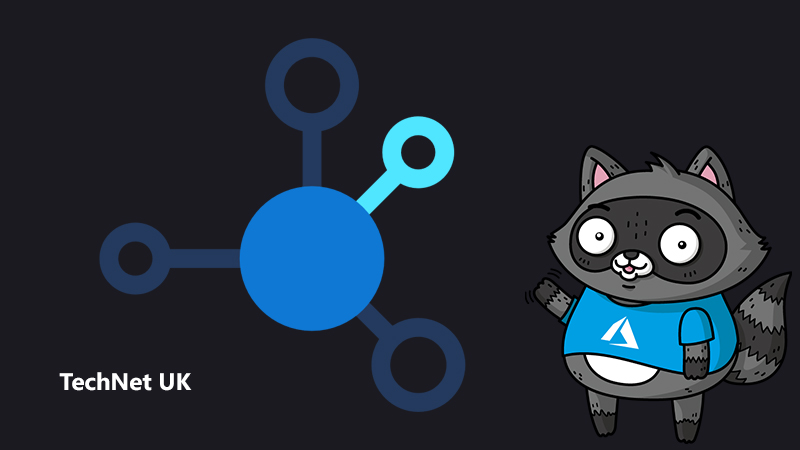
How you can get started with scalable AI as an IT Pro
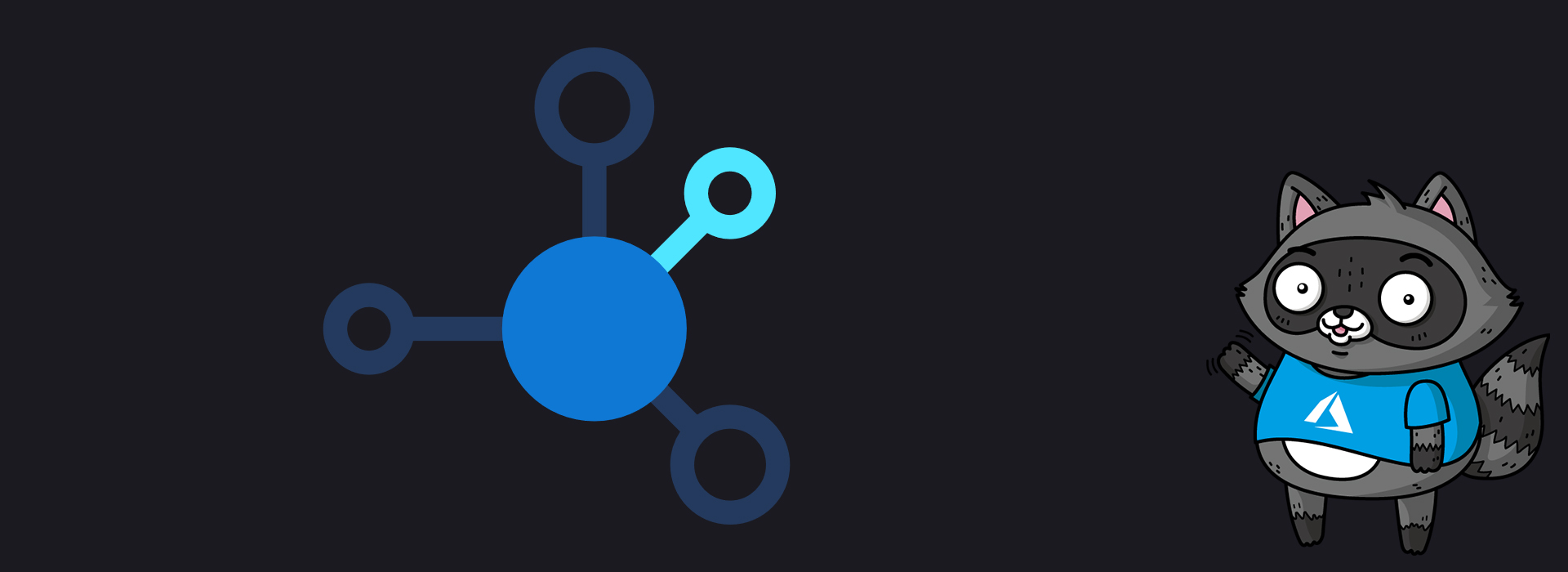
You don’t need to be a data scientist to enjoy the benefits of the artificial intelligence (AI) revolution. These days, AI on platforms like Azure Machine Learning is designed to augment the skills IT pros and developers already possess without disrupting their current workflows. The most common machine learning capabilities are pre-bundled into easy-to-use cloud services. Developers can use these services to augment their apps with computer vision, text-to-speech, and speech-to-text features.
Easy plug and play AI services
The Vision APIs provided by Azure Cognitive Services bring advanced computer vision algorithms for both images and video to your bots. For example, you can use them to recognise objects, people’s faces, age, gender, or even emotions. The Vision APIs support a variety of image-understanding features. They can categorise the content of images, determining if the setting is at the beach or at a wedding. They can perform optical character recognition on your photo, picking out road signs and other text. The Vision APIs also support several image and video-processing capabilities, such as intelligently generating image or video thumbnails, or stabilising the output of a video for you.
The Speech APIs in Cognitive Services can give your bot advanced speech skills that leverage industry-leading algorithms for speech-to-text and text-to-speech conversion, as well as Speaker Recognition, a service that lets people use their voice for verification. The Speech APIs use built-in language models that cover a wide range of scenarios with high accuracy.
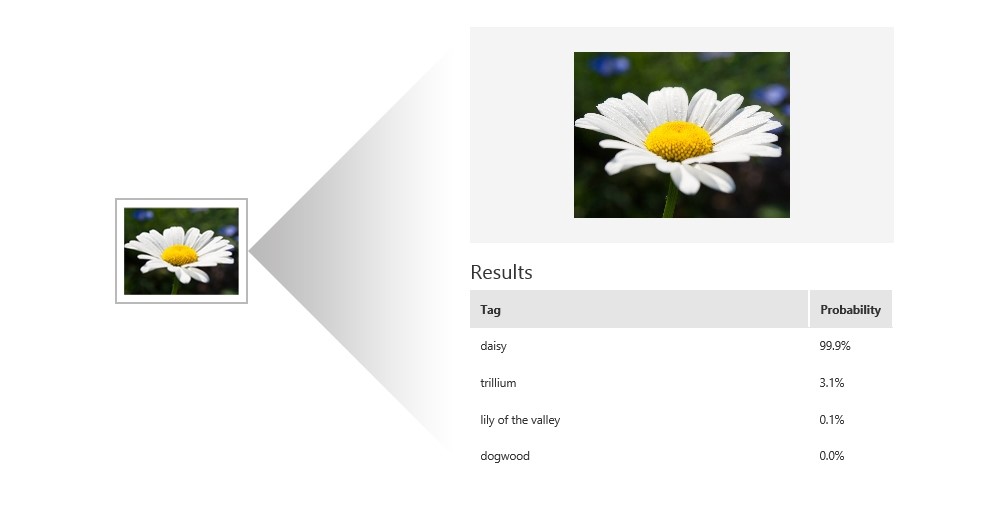
As an IT pro or developer, you may need to go beyond the basic features provided by these services to create something more bespoke. In cases where you need to build your own machine learning models around specific industry terms or even regional dialects, you can use Custom Speech to accomplish this.
Uber faces an AI-worthy problem
It isn’t just small companies that are using these web-based AI plug-ins. A while back, Uber faced a serious problem that required a machine learning solution. Uber primarily uses phone apps to coordinate their drivers and maintain their reputation-based system. As a consequence, they needed a simple phone solution to verify the identity of their drivers. This is especially important for passenger safety.
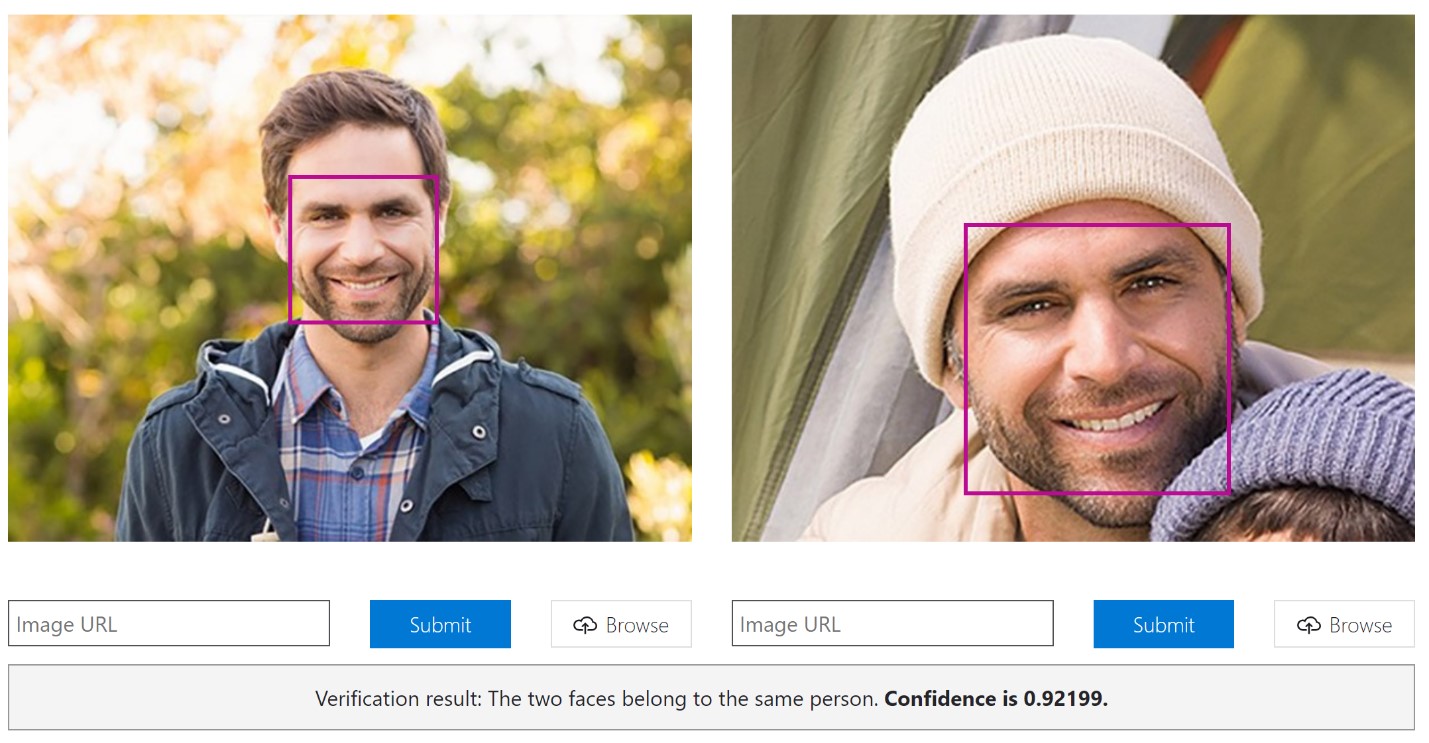
Uber had a buy versus build dilemma. They certainly have the resources and skills to create a good computer vision system to identify drivers on their phones—but did it make sense to do so? After looking around for different implementation options, their engineers realised that Azure Face API gave them all the functionality they needed. Out of the box, the Face API allowed them to search, identify, and match faces against a private repository of up to 1 million people.
“Integrating this API into our platform took about three weeks even though it was still a preview product at the time,” says Dima Kovalev, an Uber Product Manager. “Because the API has matured since then, it would probably take less time today. It saved us months of development work in building a face detection capability into our platform.”
Because Cognitive Services scales for both massive services like Uber’s driver network and small apps someone might create over a weekend, it is extremely adaptable to any project an IT pro or software developer might need it for. Wouldn’t it be nice to get the same AI reliability and performance needed to drive Uber’s business working for you?
How easy is it?
You might be wondering if the Face API is truly this simple to use. The answer is, it is—and it’s all documented in the Face API reference. To build something like the Uber verification feature, you first need to take the selfie someone snaps on their phone and pass it to the Face Detect service. This analyses the picture, zooms in on the face in the picture, and encodes it into a set of unique identifying points.
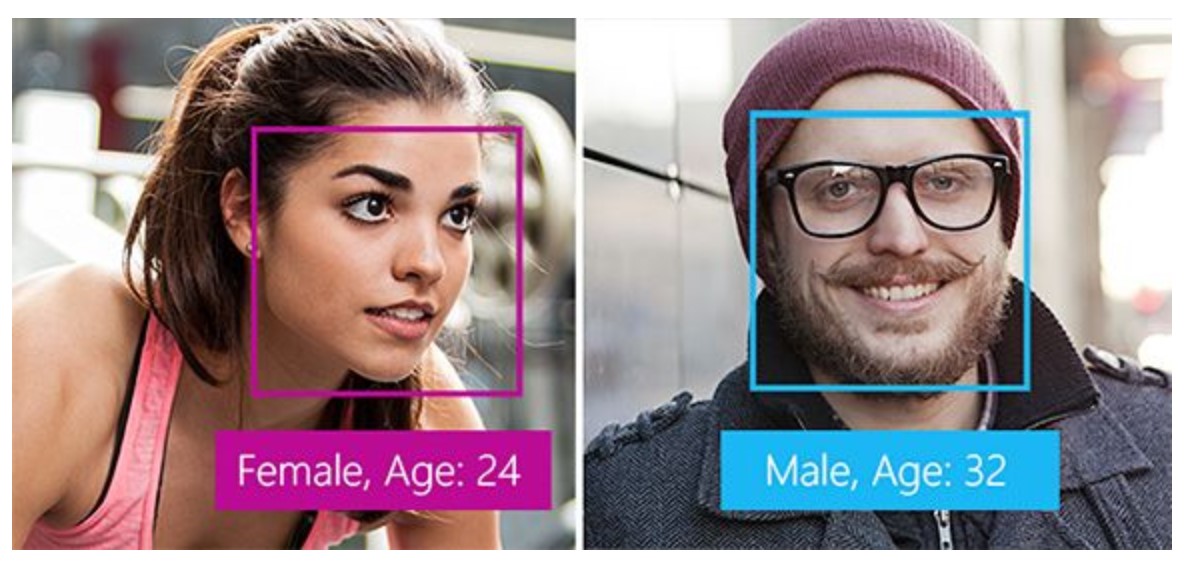
The next step is to take that Face ID along with the Face ID you want to compare it against and pass them to the Face Verify service at https://{endpoint}/face/v1.0/verify, where endpoint is your company’s service on Azure.
{
“isIdentical”: true,
“confidence”: 0.9
}
Cognitive Services will process all of this for you and then return a simple JSON message indicating whether the two faces are a match, along with a confidence rating for that match. It doesn’t get much easier.
How I learned to stop worrying and love AI
Azure Machine Learning is a treasure trove of cool AI features waiting for you—spanning from pre-packaged functionality like the Face API mentioned above, to web-based user interfaces to build and train custom machine learning models. And if you’re interested in advanced machine learning using R and Python, there’s Azure Machine Learning Studio, which provides training and virtual machines to do that. In other words, it is whatever you need it to be for your career.
If you want to try building a computer vision classifier but don’t want to set up virtual machines or learn Python, then this Custom Vision walkthrough using Cognitive Services is for you. You’ll learn the basic concepts of machine learning and also have a useful skill you can start using right away. Microsoft Learning has many additional AI courses that you can take if you’re interested in even more advanced lessons.
Microsoft docs also provides a wealth of information to set you on the road to AI:


